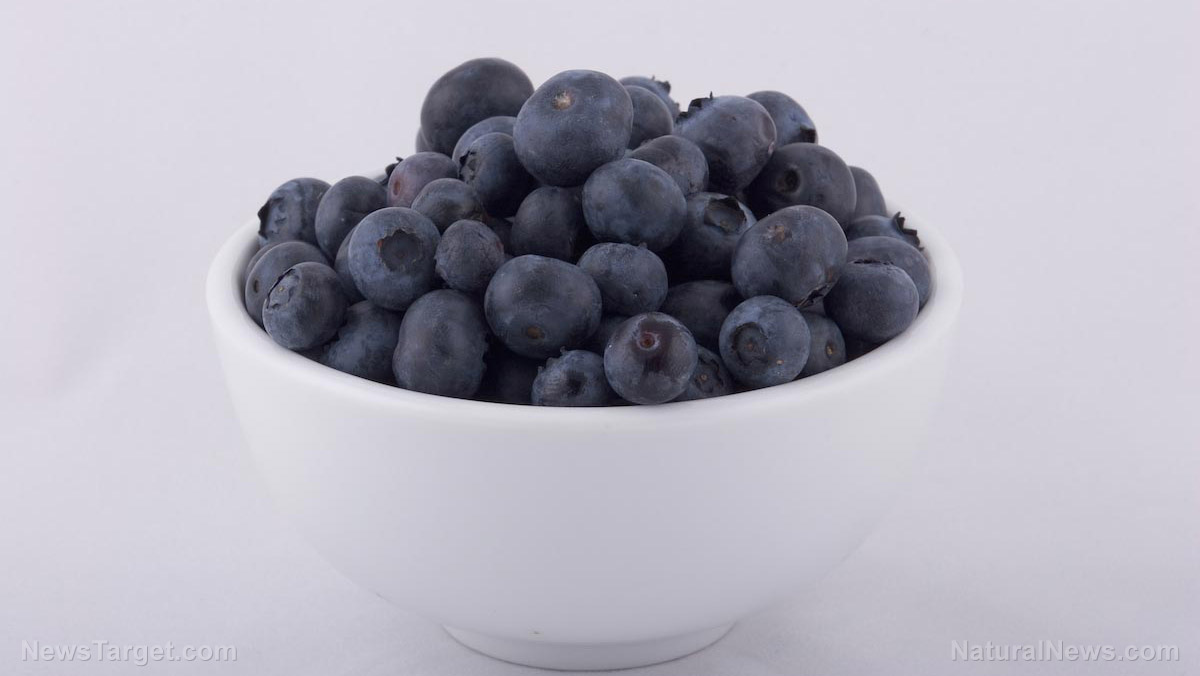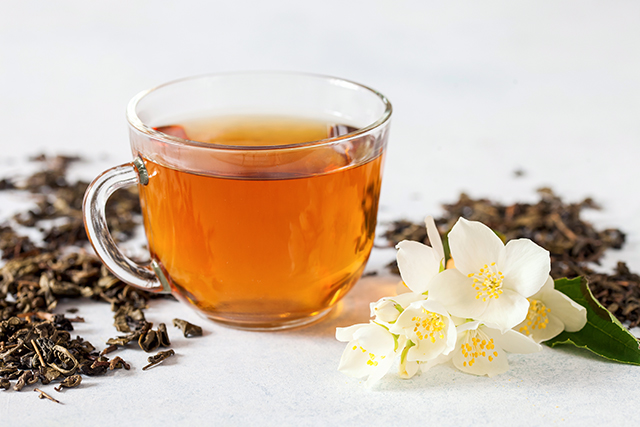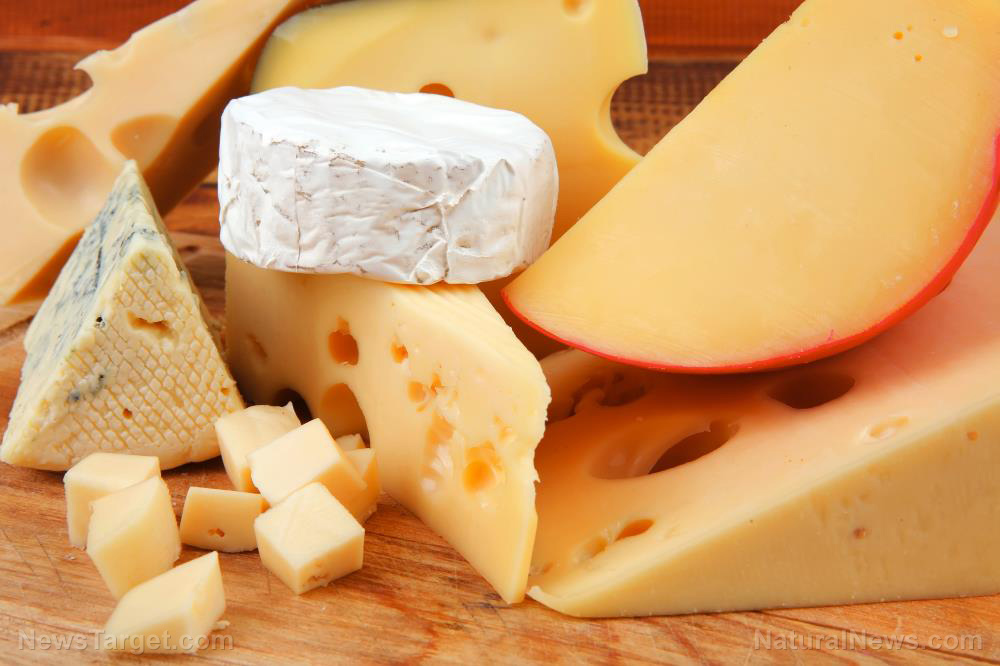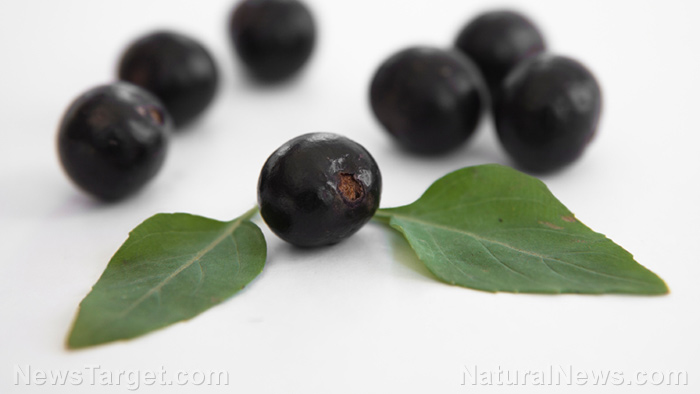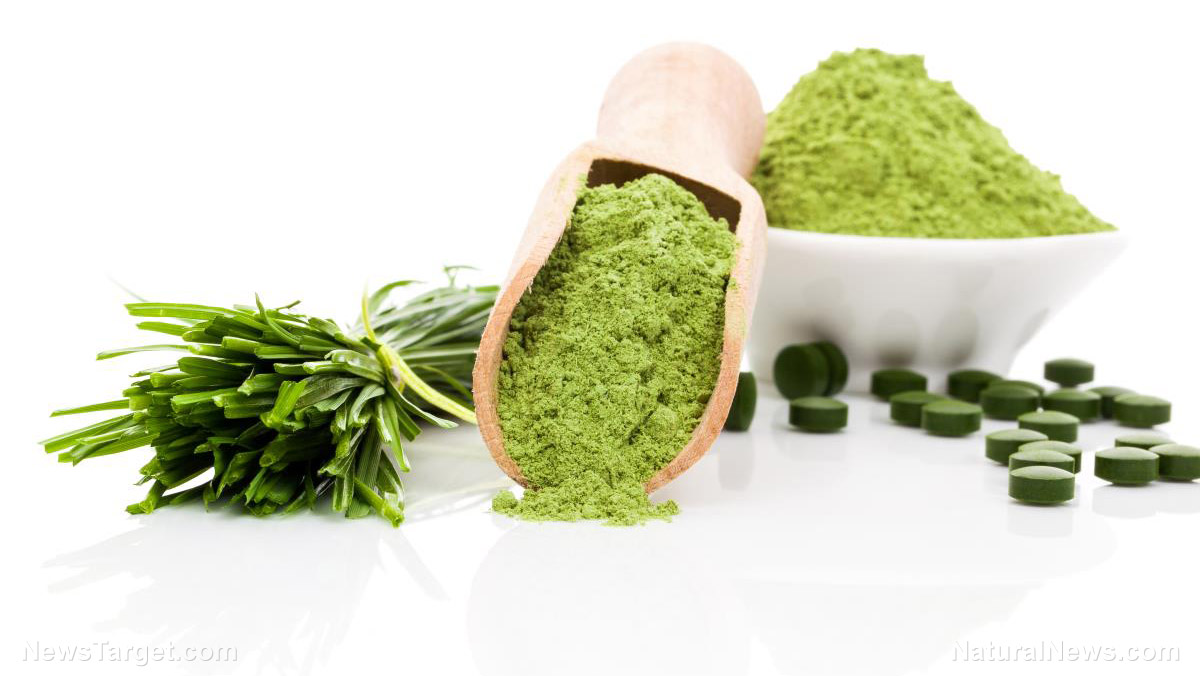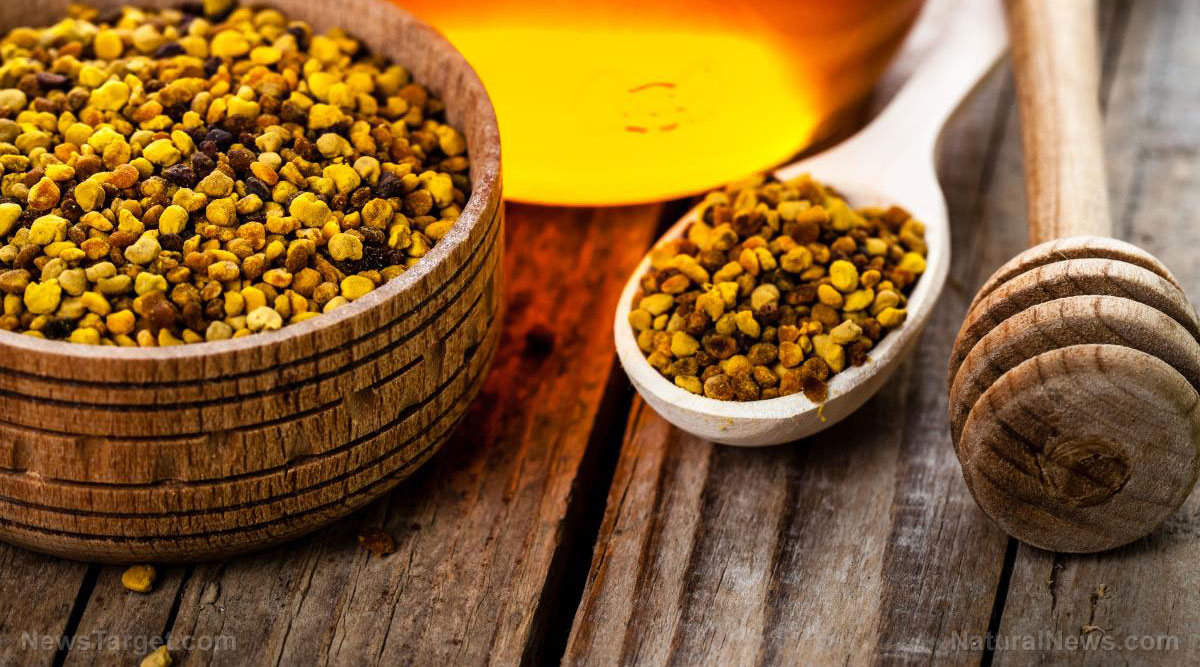Thai black ginger prevents obesity-related skin disorders
11/14/2018 / By Ralph Flores

Thai black ginger (Kaempferia parviflora) can improve obesity-related skin disorders, according to researchers from Japan. The study, published in the Journal of Natural Medicine, investigated whether Thai black ginger is effective in treating dermatopathy using an animal model.
- Obesity, defined as a condition that stems from an imbalance between energy intake and physical activity, can lead to various conditions.
- In particular, researchers posited that this is caused by enlarged adipocytes that affect lipid metabolism as well as other organs — such as the skin.
- Subcutaneous adipocyte cells in the skin expose it to various factors that reduce dermal collagen fibers and cause skin fragility.
- The study focused on K. parviflora and how it can prevent this condition from occurring.
- Tsumara Suzuki obese diabetes (TSOD) mice were used for the study. These were fed a standard diet and supplemented by either of the following, namely: an ethanol extract of K. parviflora, polymethoxyflavonoid-rich K. parviflora extract, and a polymethoxyflavonoid-poor K. parviflora extract.
- Researchers then evaluated each fraction on its ability to prevent damage caused by ultraviolet B (UVB) irradiation.
- From the results, mice that were treated with K. parviflora extracts exhibited a significant decrease in body weight and subcutaneous fat layer.
- The results of the scanning electron microscopy indicated that collagenous fibers had a better stereostructure after being treated with K. parviflora extracts.
The researchers concluded that K. parviflora extracts reduced the effects of obesity-induced dermatopathy, which they believe could be used for supplements to treat obesity-related skin disorders.
Journal Reference:
Hidaka M, Horikawa K, Akase T, Makihara H, Ogami T, Tomozawa H, Tsubata M, Ibuki A, Matsumoto Y. EFFICACY OF KAEMPFERIA PARVIFLORA IN A MOUSE MODEL OF OBESITY-INDUCED DERMATOPATHY. Journal of Natural Medicines. 3 September 2016;71(1):59–67. DOI: 10.1007/s11418-016-1027-8
Tagged Under: dermatopathy, Kaempferia parviflora, natural cures, obesity disorders, skin disorders, Thai black ginger




